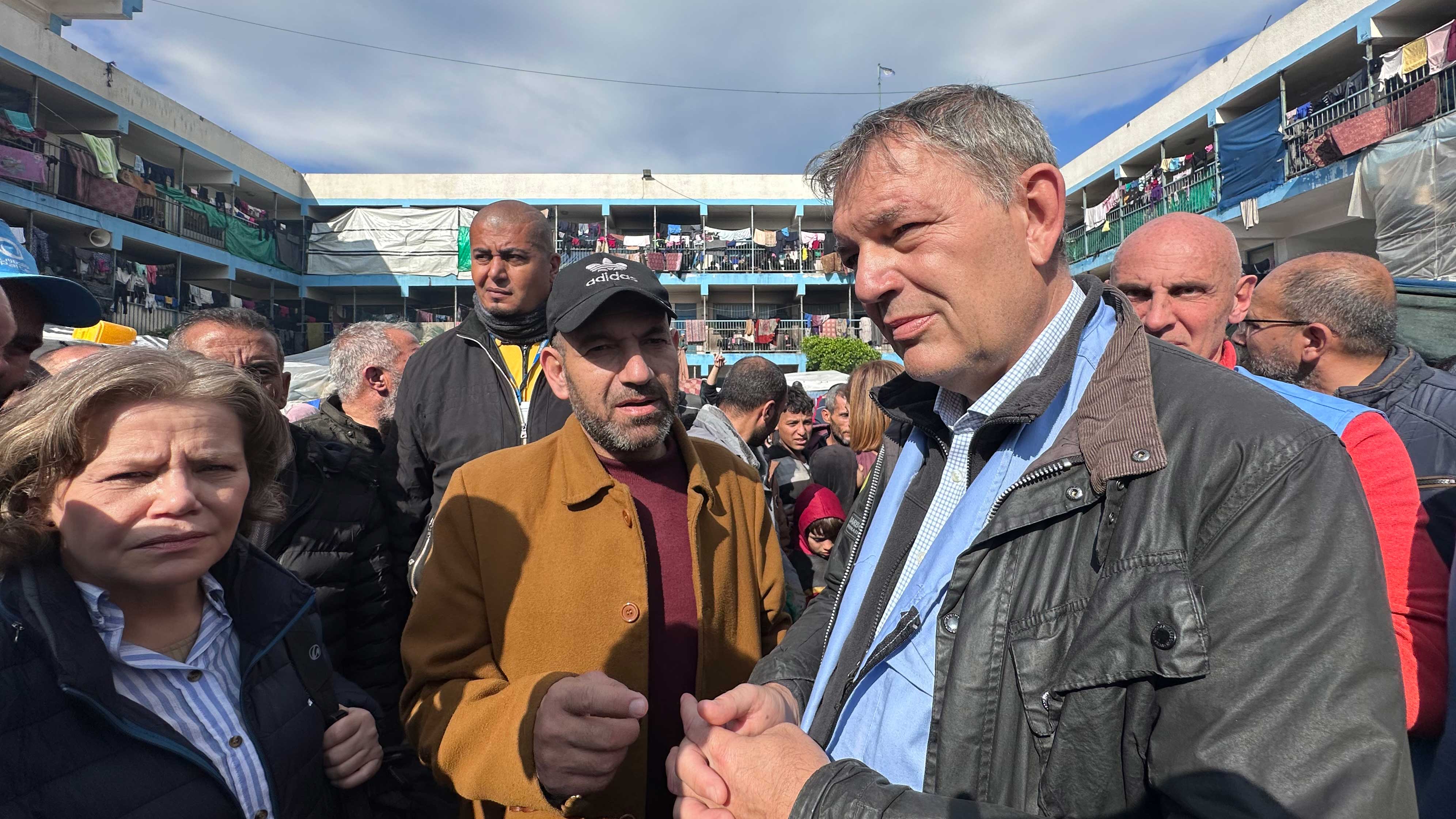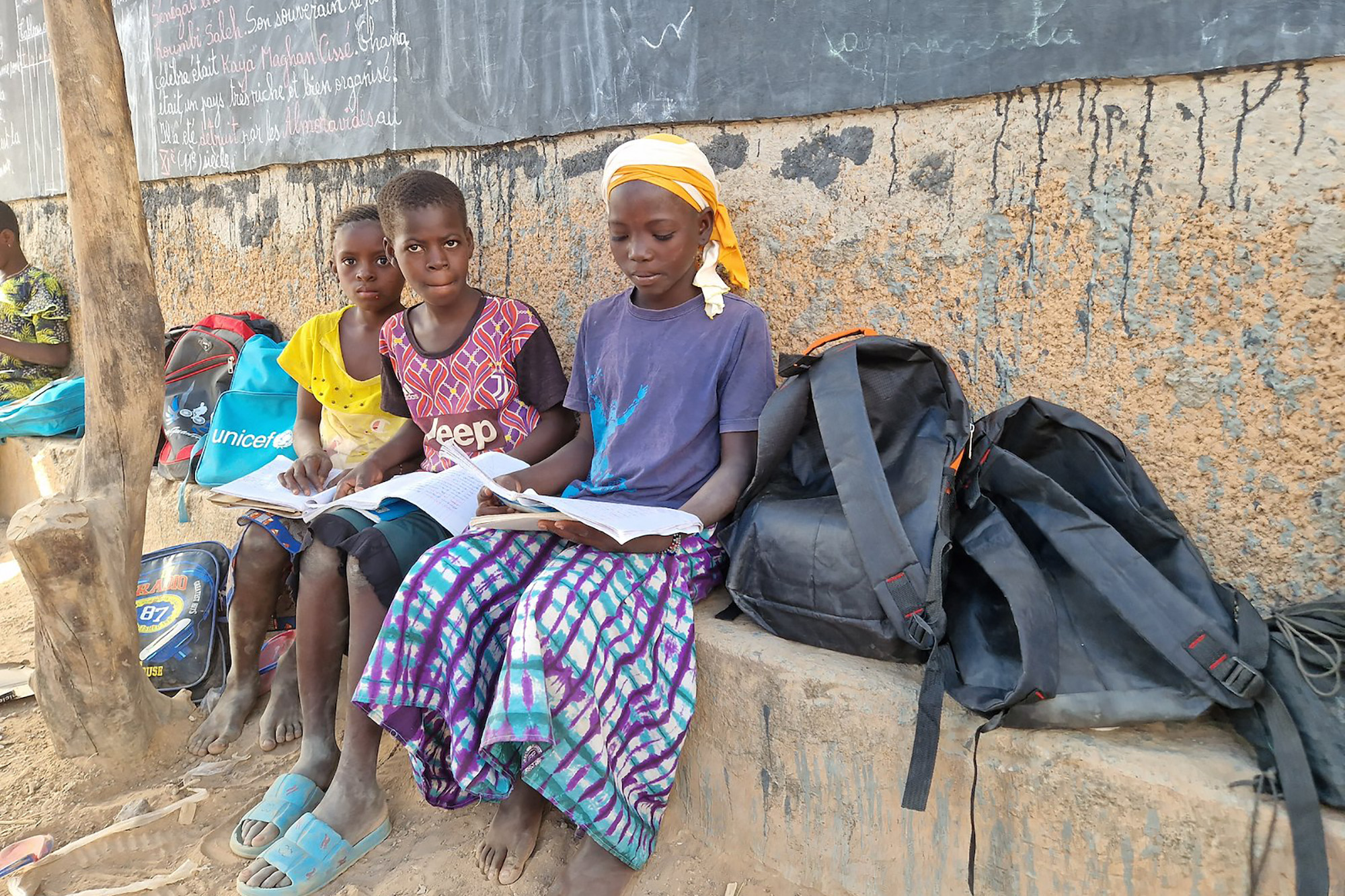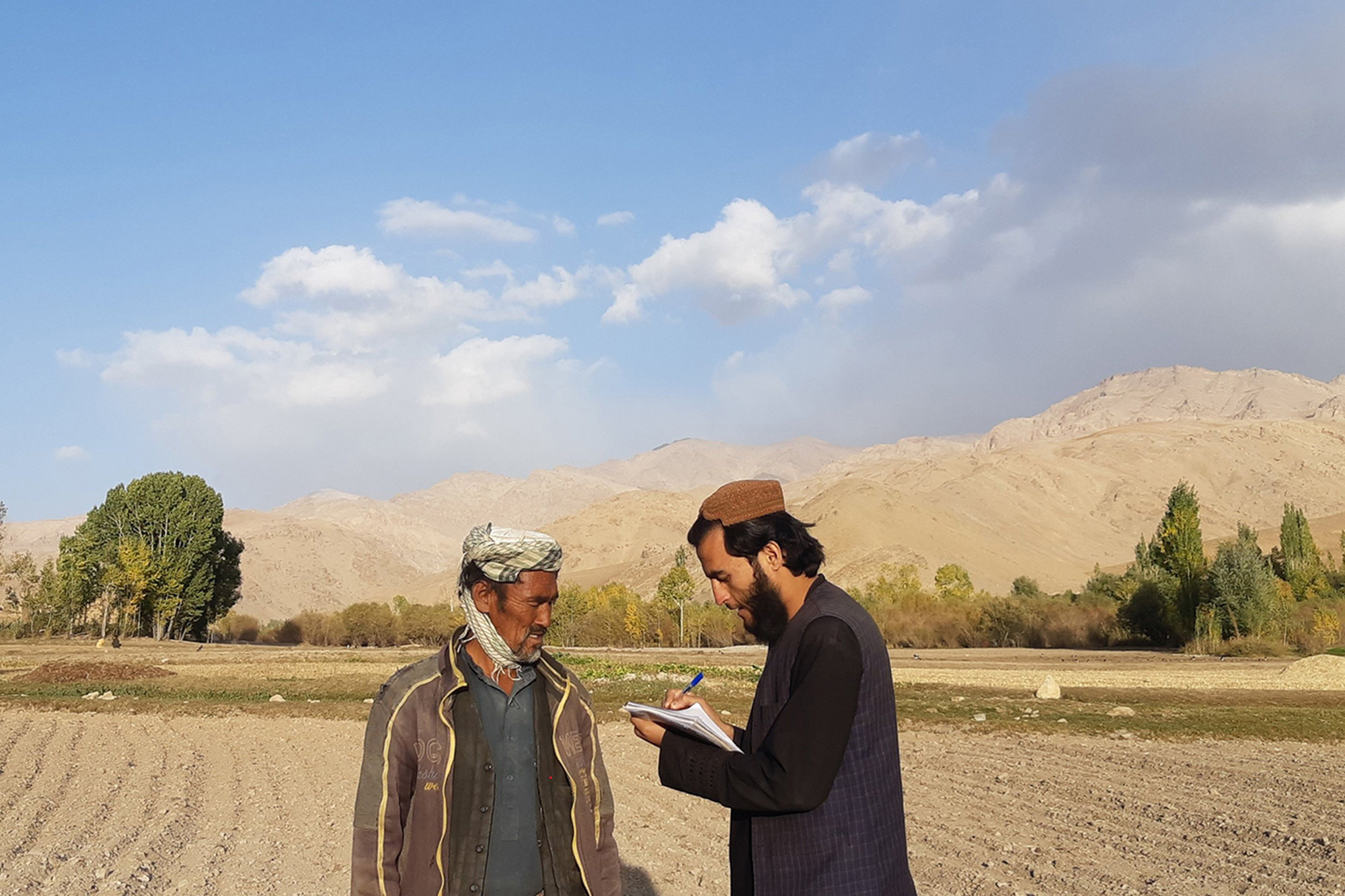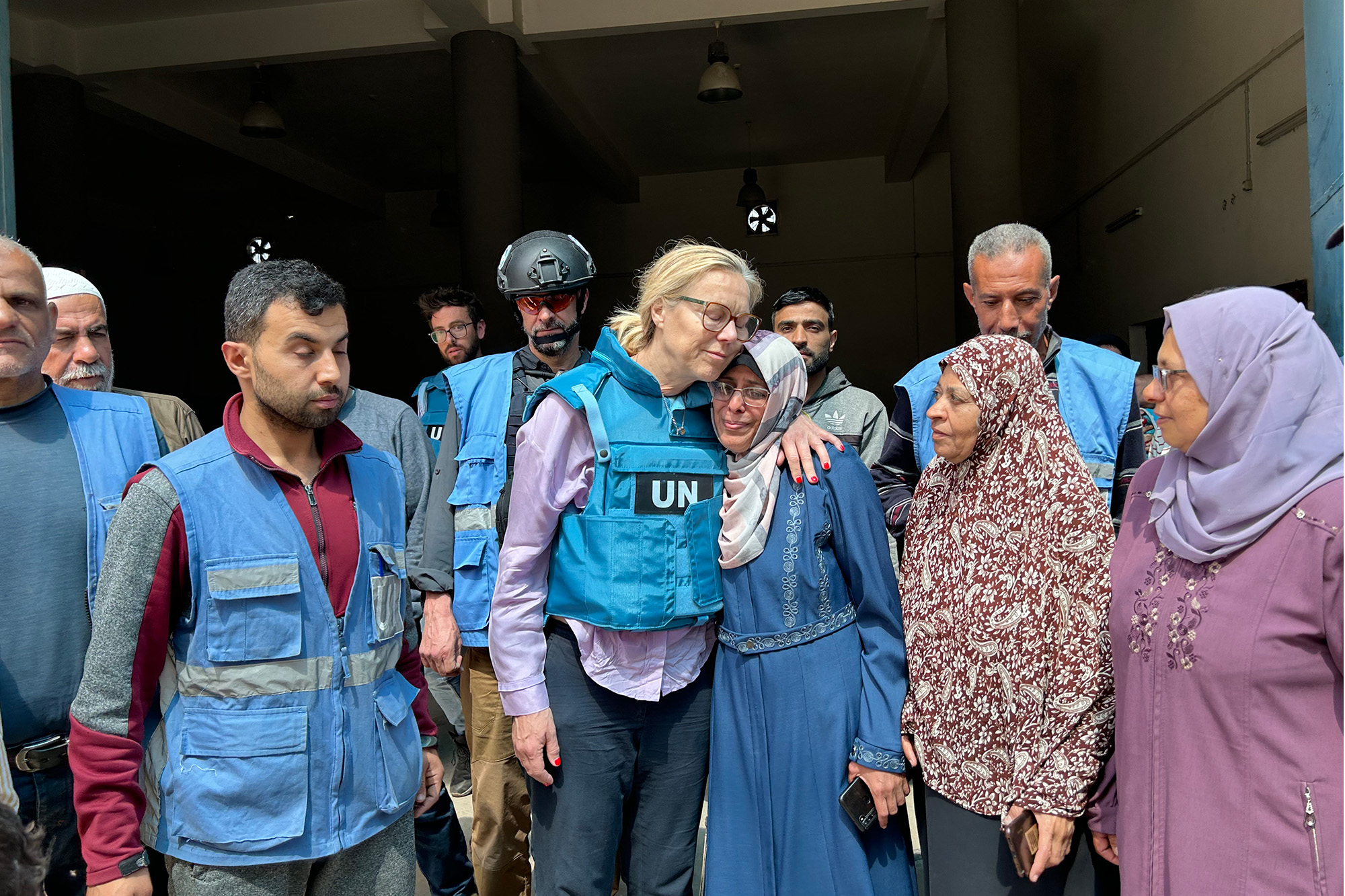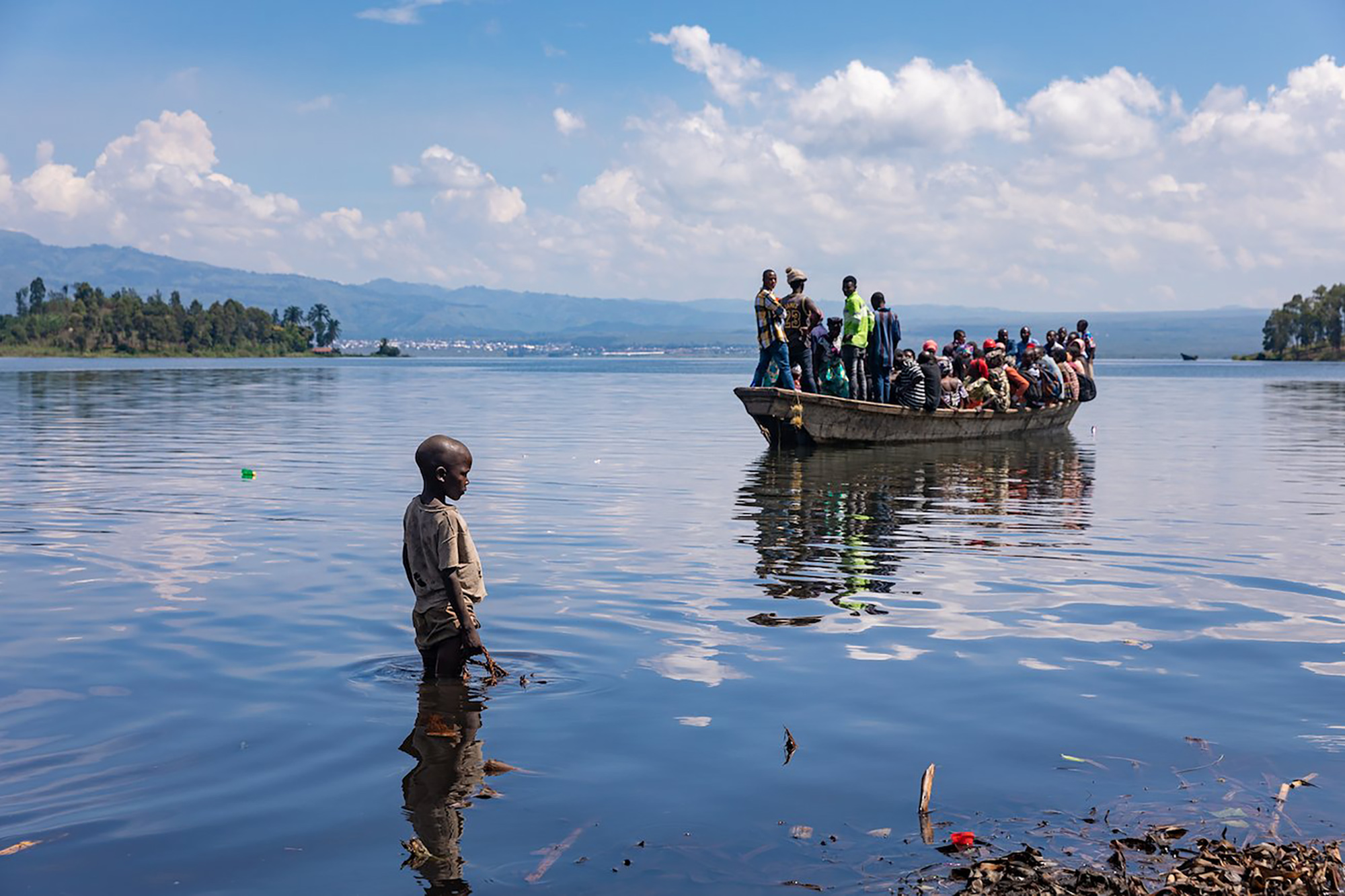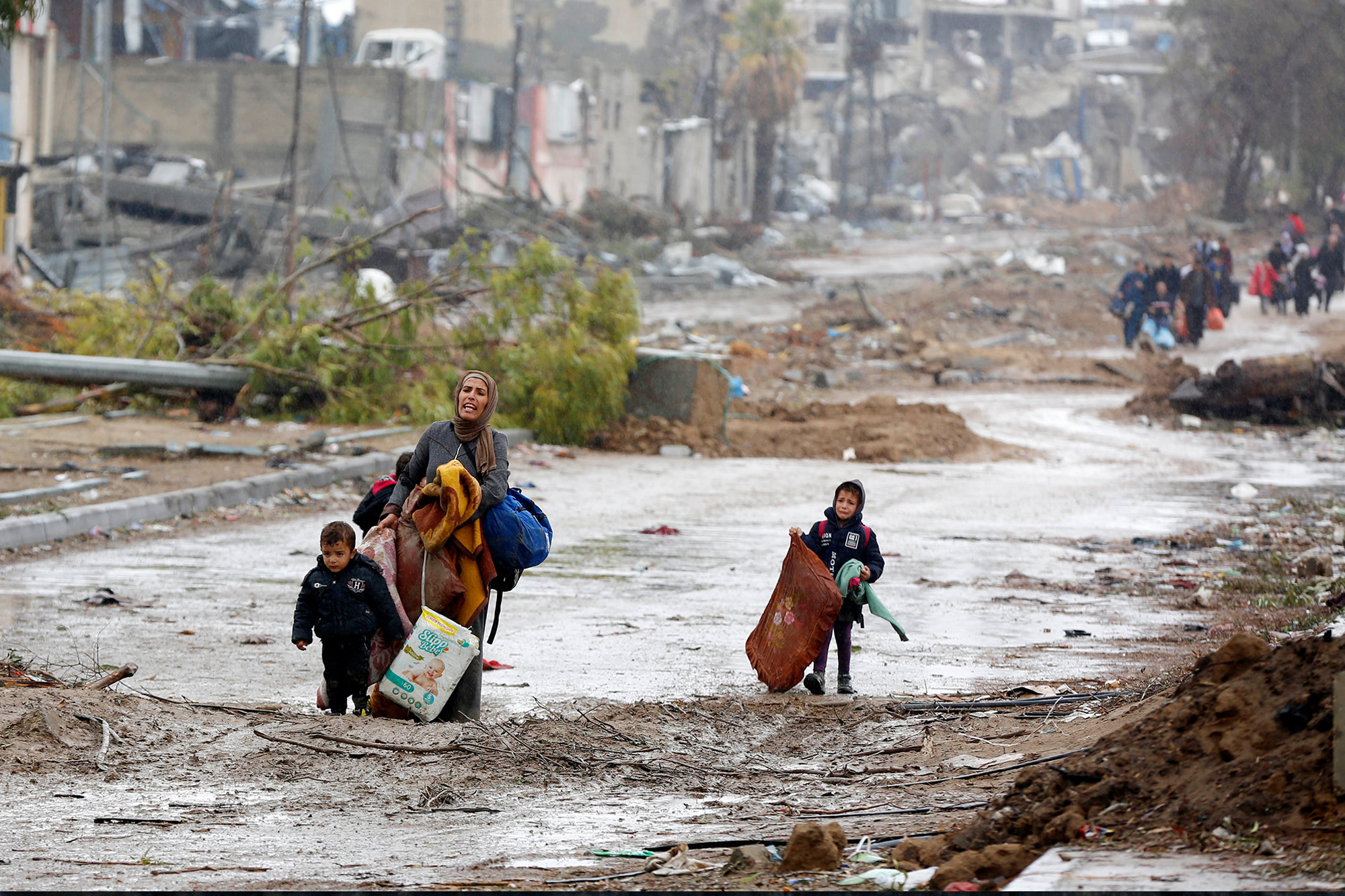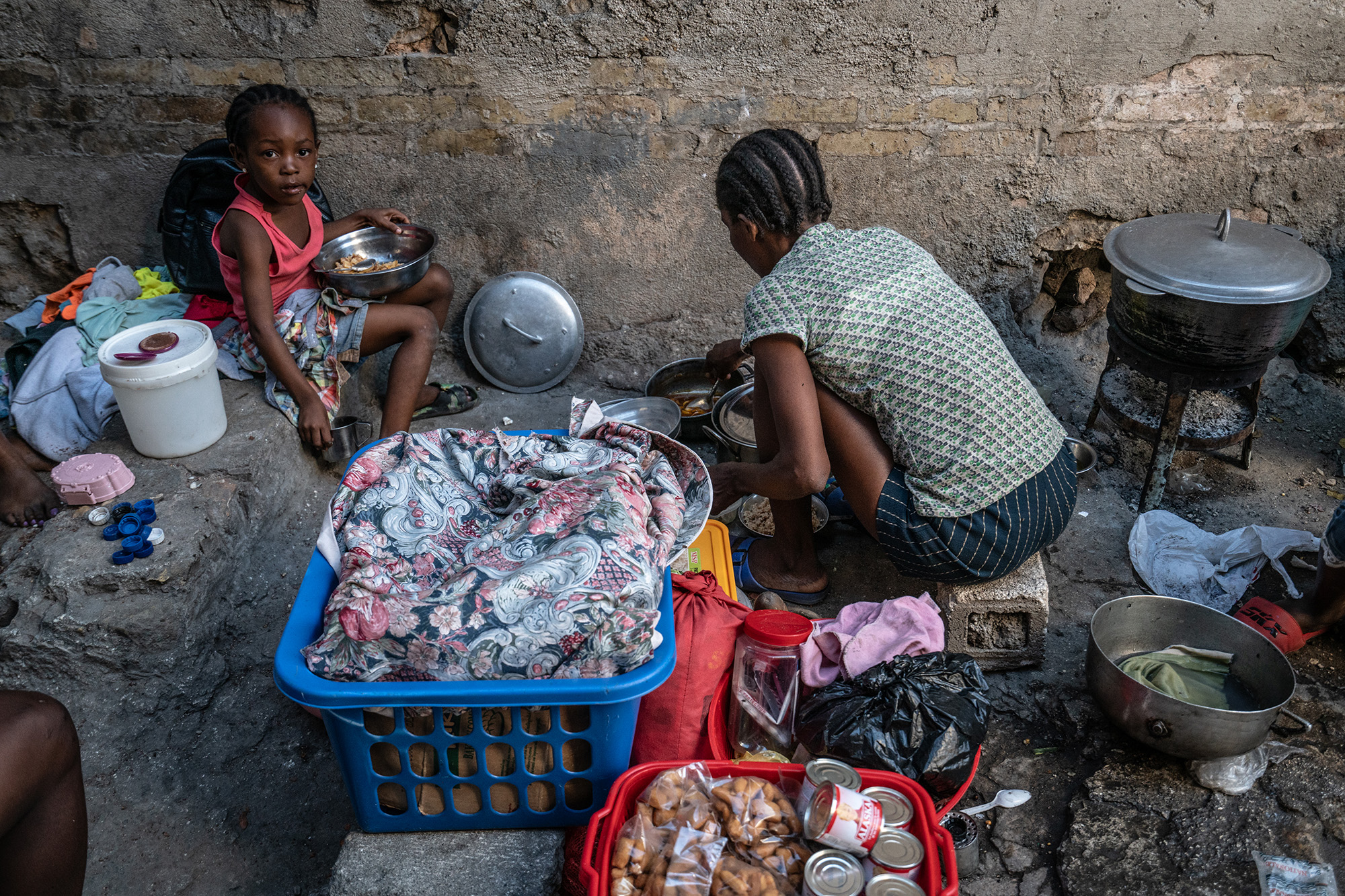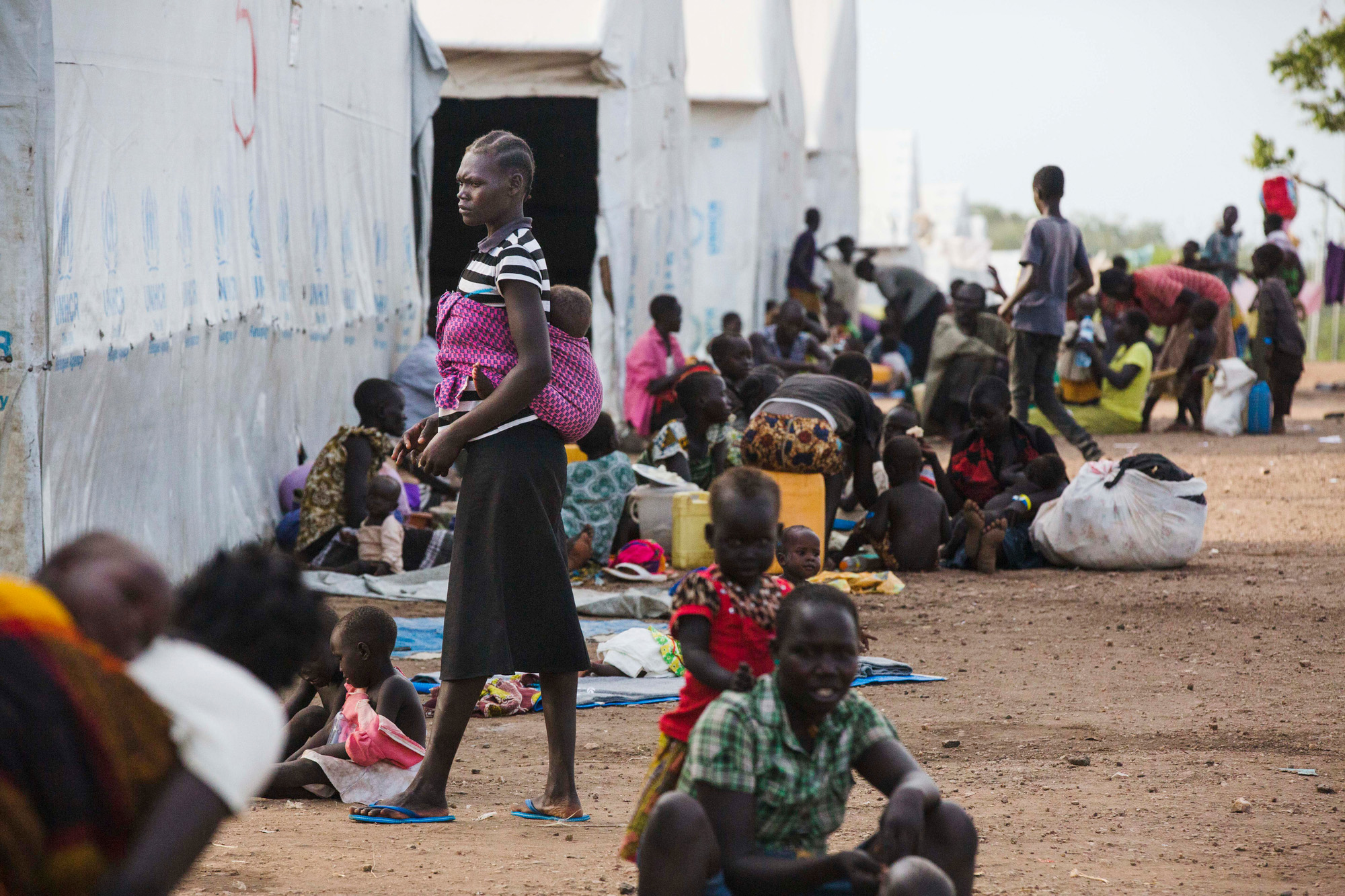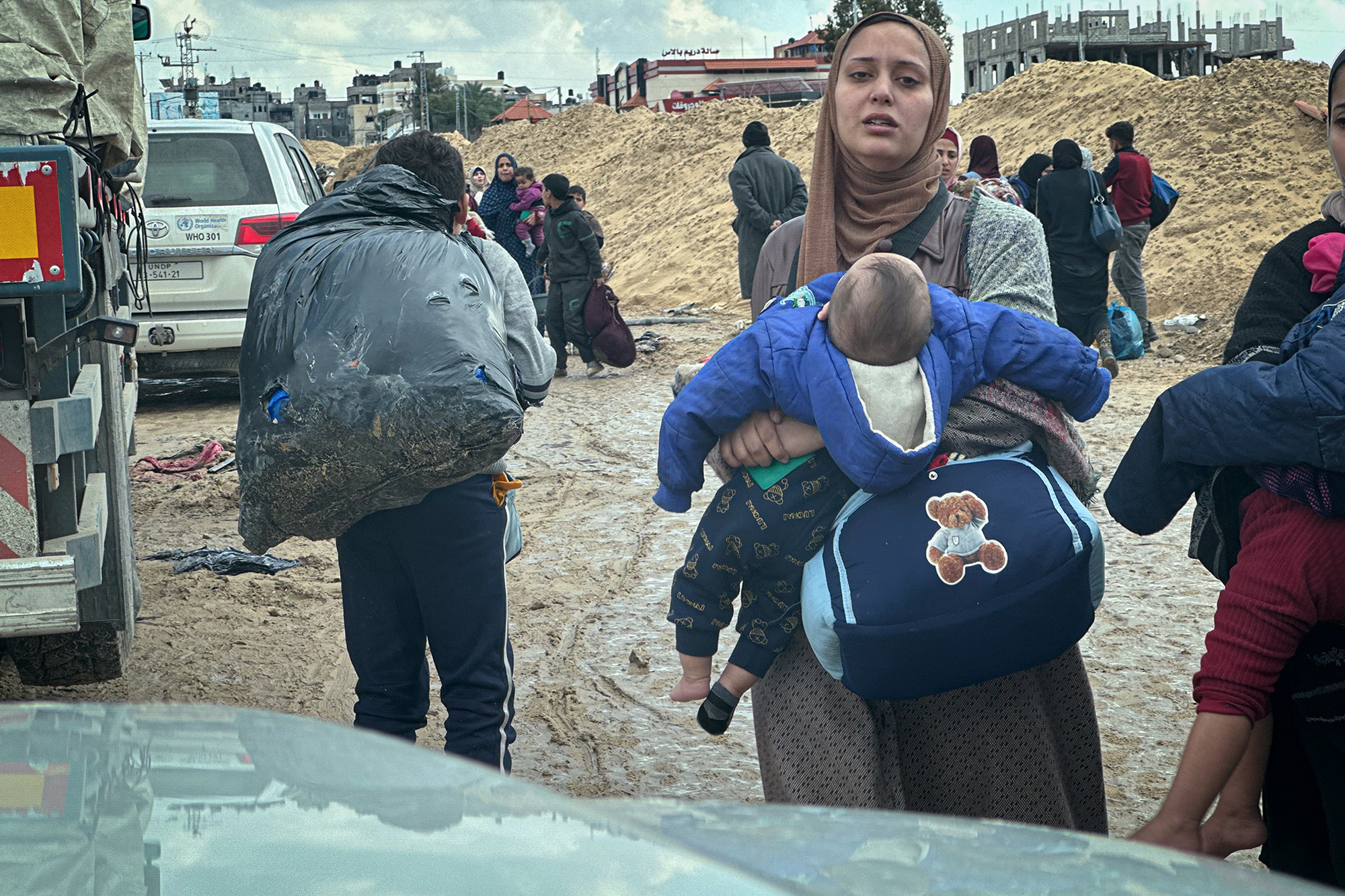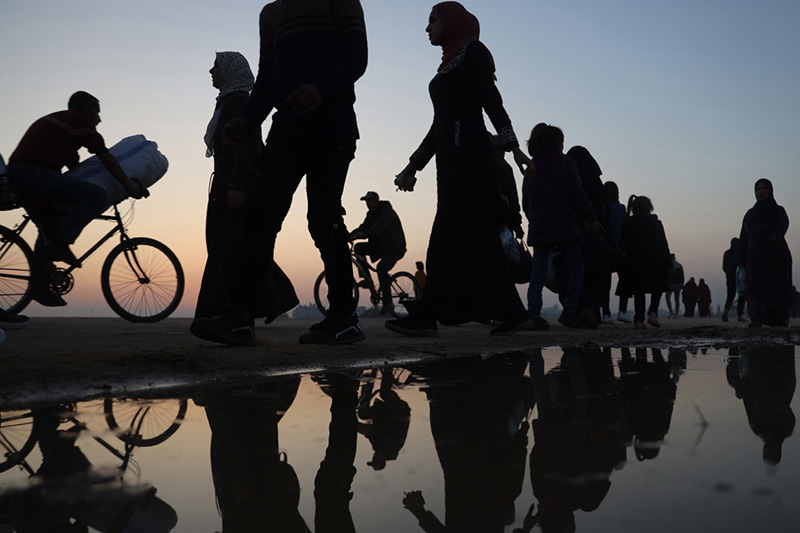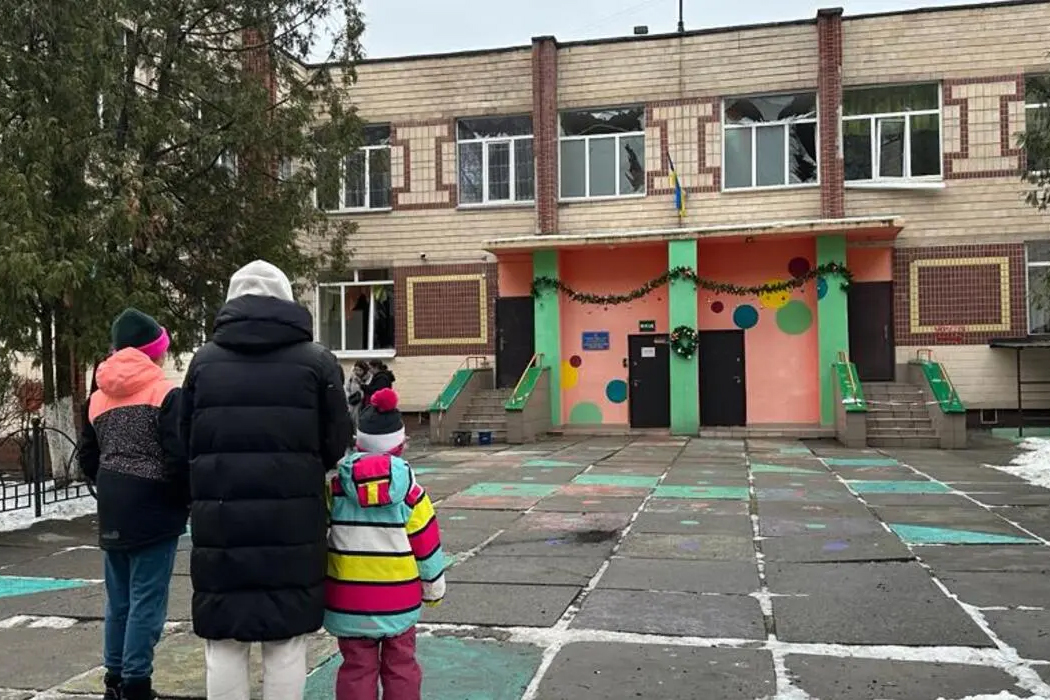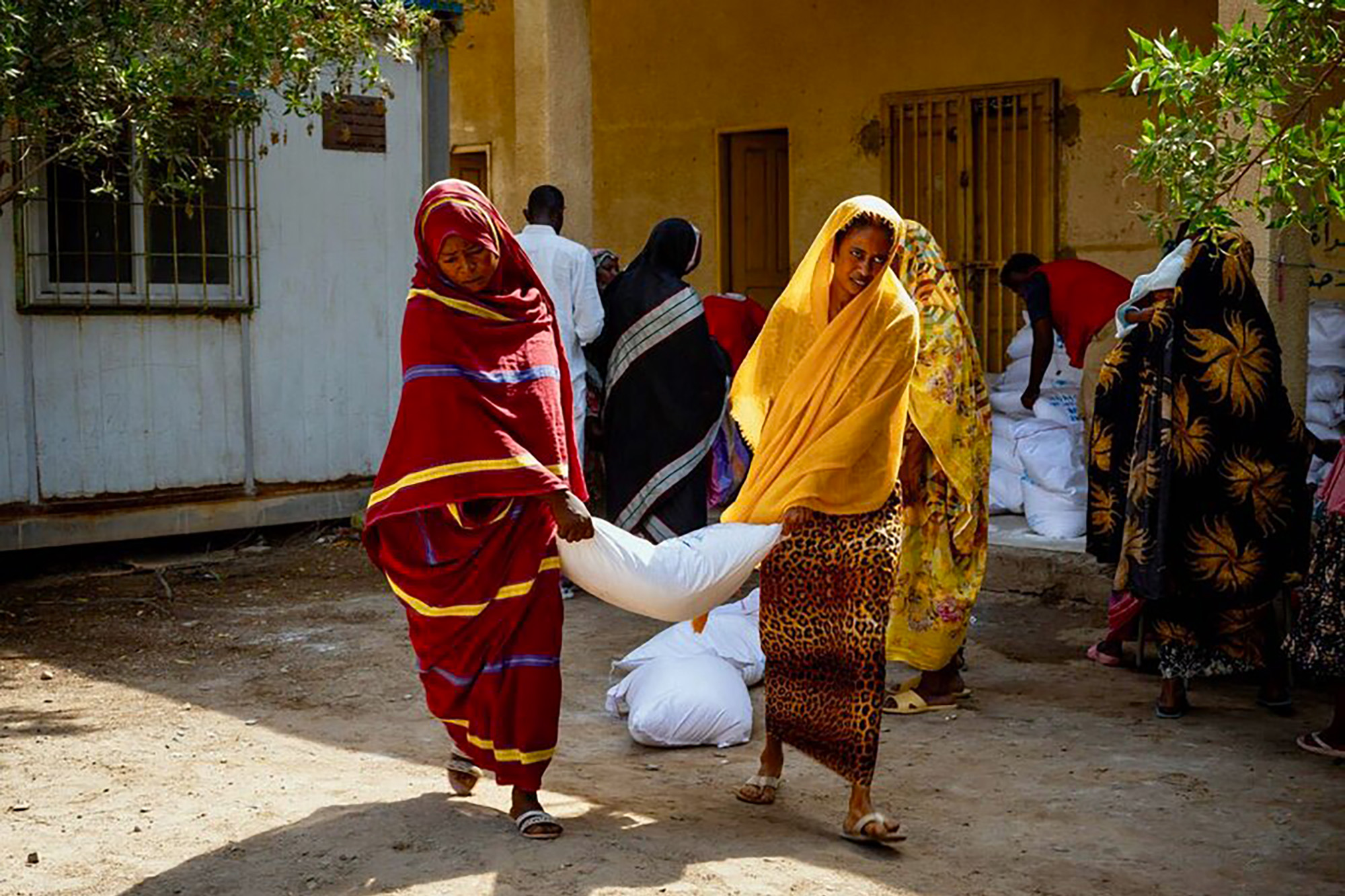“[...] yet we are here seeing unfolding under our watch, our eyes, one of the fastest evolving looming famines, which has been completely fabricated. It's man-made. And which can easily be reversed through political will and political decision. It is deeply frustrating, but it's outrageous and makes me very angry [...] ”
Philippe Lazzarini holds one of the most challenging positions in the whole of the United Nations. As head of UNRWA, he is leading the backbone of the humanitarian operation in Gaza. Following the devastating terror attacks by Hamas and others on 7 October, Israel’s military operations in Gaza have brought unspeakable death and destruction. 2.2 million Palestinians are in the midst of an epic humanitarian catastrophe. In this episode, Philippe Lazzarini reflects on the trauma of the past months and the human cost of war.
“Ceasefire, ceasefire, ceasefire. If we have a ceasefire and the opening of the crossing, and we can flood assistance to the Gaza Strip, we would be able to prevent this catastrophe.”
Photo credit: ©UNRWA/Hussein Owda

